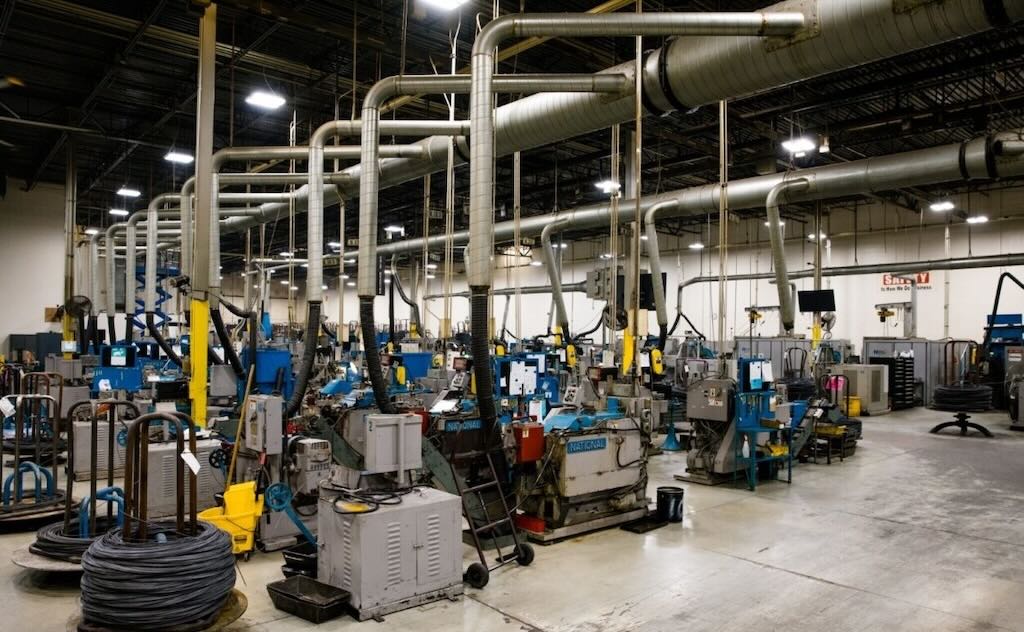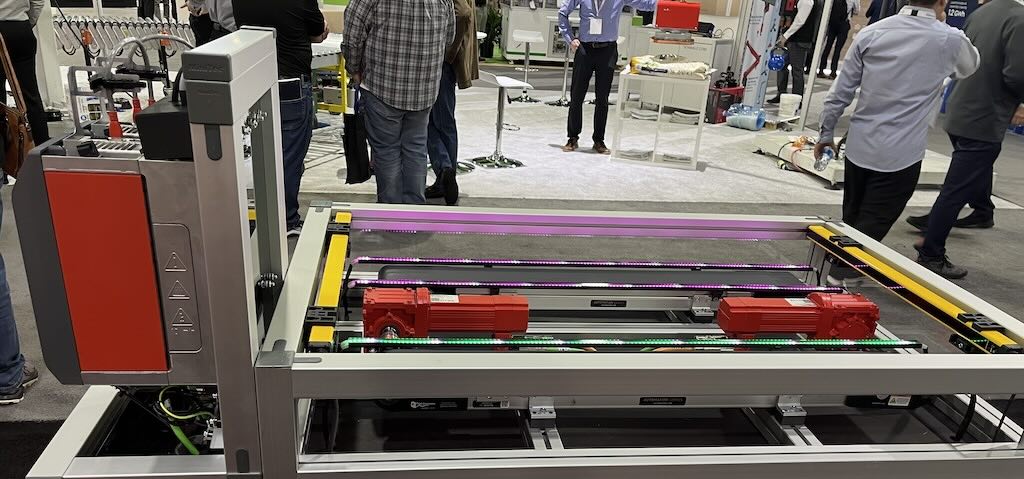A multiport flow selector is safer, less expensive, lighter weight, and more compact than conventional units.
Connecting multiple production wells or flowlines to a test separator normally requires multiple valves, each of which must be opened by hand to connect each well in turn. In addition to valves and shutoff devices, such a system requires considerable piping (see Figure 1).
Conventional systems cost more initially, entail higher operating costs, lead to maintenance and downtime, and add to personnel risks. A multiport flow selector (MPFS)—with automatically actuated control—is safer, less expensive, lighter weight, and more compact than conventional systems.
Let’s look at how a MPFS works and detail its advantages over conventional installations.
Well testing
Testing constituent flows is a crucial part of an oil production process. Oil, water, brine, condensate, gas, and other fluids must be monitored and measured regularly. In addition to separating the well stream into its constituent components, the well test separator records the volume of each component over time, allowing the flow rates to be calculated, most often as barrels per day (b/d) for liquid products or million standard cubic feet per day (MMSCFD) for gas products. These calculations allow the tester to determine how productive a well is. They furnish insight into the underground reservoir of oil or natural gas into which the well is tapped.
End users select how sequencing is managed, either on-demand or scheduled. For scheduling, a separate controller executes the logic that controls actuator operation. A test separator requires settling time between well switching, so a typical system would expect well-test frequency of about one well per day.
Historically, wells are connected to a complex piping network with two manifolds. One manifold connects all wells to production, and the second connects the well selected for testing to a shared multi-phase flowmeter or separator. While this conventional approach uses common valves, actuators, and piping components, it is more expensive and electrically complex than a multiport system.
For example, a conventional seven-well, two-way well-test manifold requires 21 valves (Figure 2). During normal operation, all the wells are connected to common production and test lines. If Well 1 needs to be tested, a technician manually closes the production valve, then manually opens the valve to the test separator. Well 1 is then directed to the test facility, while all other wells continue feeding the production line.
Depending on the test equipment, flow set up, and separator size, a test can take several hours. Size needs to be optimized for the wells’ production rates. Issues can arise if the test separator is undersized. For one, time to execute a change-over is longer for an oversized separator. A typical rule of thumb is that it takes 24 hours for the contents of the separator to completely turn over.
While tests can take less time, the operators most likely are on a rotational visit cycle for the field. The change-over takes too long for them to sit and wait, so test time usually is dependent on the field visitation rotation.
Typically, operators reset a flowmeter on the downstream side of the separator (on the oil outlet). They either assume a certain amount of flow—perhaps a time-based calculation based on previous wells’ flow rates—or they come back after the separator has stabilized with the new well, reset the flow meter, and officially start the test.
All of this takes quite a bit of and time, and as a result, owner-operators don’t get very frequent test data for wells with conventional manifold systems.
Automating tests
The wells of a typical onshore oil and gas production site are scattered over a large area, so it is difficult to manually open and close the manifold on-and-off valves. Oil fields are found in remote deserts, deep jungles, or in sub-zero environments. These conditions can make it difficult for technicians to access valves. Offshore platforms often are unmanned. In those cases, maintenance requires a boat or helicopter trip. For these reasons, well operators want to automate test-flow diversion.
An MPFS that’s controlled remotely saves money by reducing the number of valves and the labor to operate the valves, as well as improving safety. For example, a seven-well system with a MPFS requires only seven valves (Figure 3) as compared to 21 with a conventional system. It eliminates the need for operators to open and close valves manually, and it reduces valve maintenance.
Even with an MPFS, tests are done about once per day, typically on a rotating schedule from well to well. However, an operator can initiate a test based on anomalous test data, in preparation for work on a well, immediately after such work, during early well-life production when monitoring water cut-back, and artificial-lift management.
If artificial-lift management is being applied to a well, it needs to be monitored for correct operation and to maximize reservoir production. Continuous analysis may be needed, and this often requires separation tests.
Fundamentally, more data is great for reservoir engineers-especially in shale applications when well characteristics change rapidly. Shale wells might only have a three-year life and managing those wells to maximize production throughout that lifespan is a critical activity for profit/cost management.
Multiport flow selectors
A typical MPFS typically has eight inlets and two outlets (Figure 4). Of the eight inlets, seven connect to the wells, while the eighth connection is generally used as a parking location or an observation port for the selector plug. This allows for temporary maintenance and flushing. It allows production from all seven wells if the test separator system is offline. One outlet connects to the test system, and the other outlet carries the flow of all other wells to the production header.
Normally, the pressure drop across an MPFS is very low because the flow streams are only diverted, not restricted. In some applications, flow velocity will limit the maximum flow or maximum number of connected wells, but this condition is no different than when using a conventional dual manifold system.
An electrical actuator with electronic controls and limit switches enable easy control and monitoring of an MPFS. Whenever well testing is performed, operators simply issue a remote command to position the diverter plug to the desired well inlet. This reduces the chances of manual error in the field, which may lead to production downtime and incidents.
The commands can be sent from a central control room to remote wells via wireless, cellular, or direct-wired connections. The actuator also can be controlled locally. A Fisher multi-port valve actuator (MPA) can integrate with Emerson’s DCMlink software for configuration and diagnostics activities and to a distributed control system (DCS). The DCS hosts the operational software, sends commands to the actuator, and manages the schedule for automated testing cycles.
An MPFS greatly simplifies piping, especially on cramped offshore platforms (Figure 5). It also eliminates the need for a technician to manually open and close valves in a dangerous environment.
Operation can be done remotely, as an MPFS actuator supports numerous communication protocols, including Modbus, Modbus TCP/IP, Profibus DP, Foundation Fieldbus, DeviceNet and Ethernet. The MPFS controller provides outputs such as alarms, torque, flow, and port selected. Built-in diagnostics check for issues like control error, motor overload, and power loss. The MPFS also can be controlled locally from an integral panel (Figure 6).
An MPFS provides an additional advantage in sour oil-and-gas fields, which often require special materials at points of contact. For example, when high nickel-chromium internal cladding is required, the simplified piping and fewer valves results in much lower cladding cost.
Joseph Zawacki is vice president of the strategic business unit, hydraulics at Emerson, where he manages the high-pressure and hydraulic-product portfolio team. He holds a MSME and an MBA from the University of Michigan.



